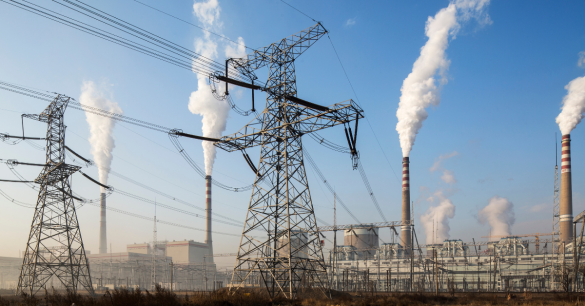Cape Town Takes Action Amid South African Loadshedding.
Cape Town has launched an energy plan. It aims to combat South Africa’s persistent load-shedding. At the Association of Municipal Electricity Utilities (AMEU) 69th Convention, Kadri Nassiep shared the city’s vision. He’s the Executive Director of the Energy Directorate in Cape Town. The plan goes beyond short-term solutions. It seeks a broader transition in the energy sector.
According to a report by ESI Africa, Nassiep highlighted several challenges. Cape Town has a high carbon footprint. It faces rapid urban expansion and energy security issues. Still, the city’s strategy aims to transform these challenges.
Cape Town’s Energy Strategy Breakdown:
- Short-Term (by 2026): Tackle up to 4 stages of load-shedding.
- Medium-Term (by 2031): Introduce reforms for a modern electric utility.
- Long-Term (by 2050): Aim for a carbon-neutral energy system.
Loadshedding is impacting the economy. Nassiep stresses the need for quick interventions. The city needs a strong electric utility. It ensures long-term service provision. The plan also focuses on carbon neutrality, aligning with global climate commitments.
Key Goals of the Plan:
- Reliable power supply.
- Affordable electricity.
- A resilient grid.
Further Initiatives:
- Inclusive Transition: Everyone will be part of the shift to renewables.
- Energy Governance Update: Cape Town will modernise its electricity planning.
- Use of New Technologies: The city will explore new energy technologies.
- Collaboration with Stakeholders: Cape Town will work with key players and address regulatory issues.
South Africa’s energy market is rapidly changing. Cape Town’s plan shows its commitment. The city aims to shift away from relying on fossil fuels. It wants a decentralised, reliable, and carbon-neutral energy source.



